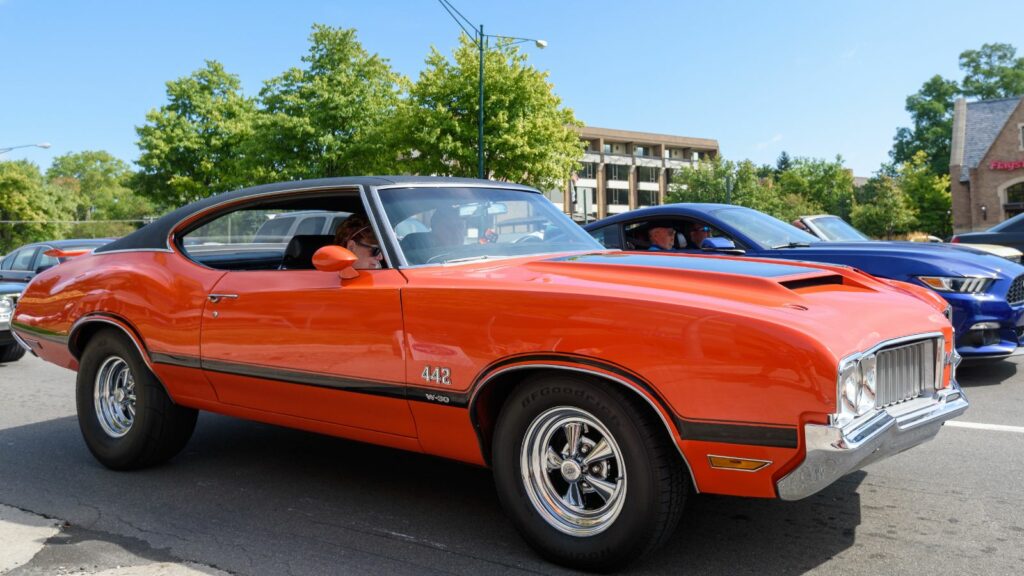Everyone knows the headline names of the muscle car era the Mustang, the Charger, the Camaro, and the GTO. But behind the spotlight sat another group of American machines that were just as quick, just as bold, and in many ways more interesting. These were the cars that combined serious horsepower with individuality, and while some failed to sell in big numbers, they have become the hidden gems of the collector world. Here are eight classic muscle cars that most people still overlook, but not for long.
AMC Rebel Machine (1970)
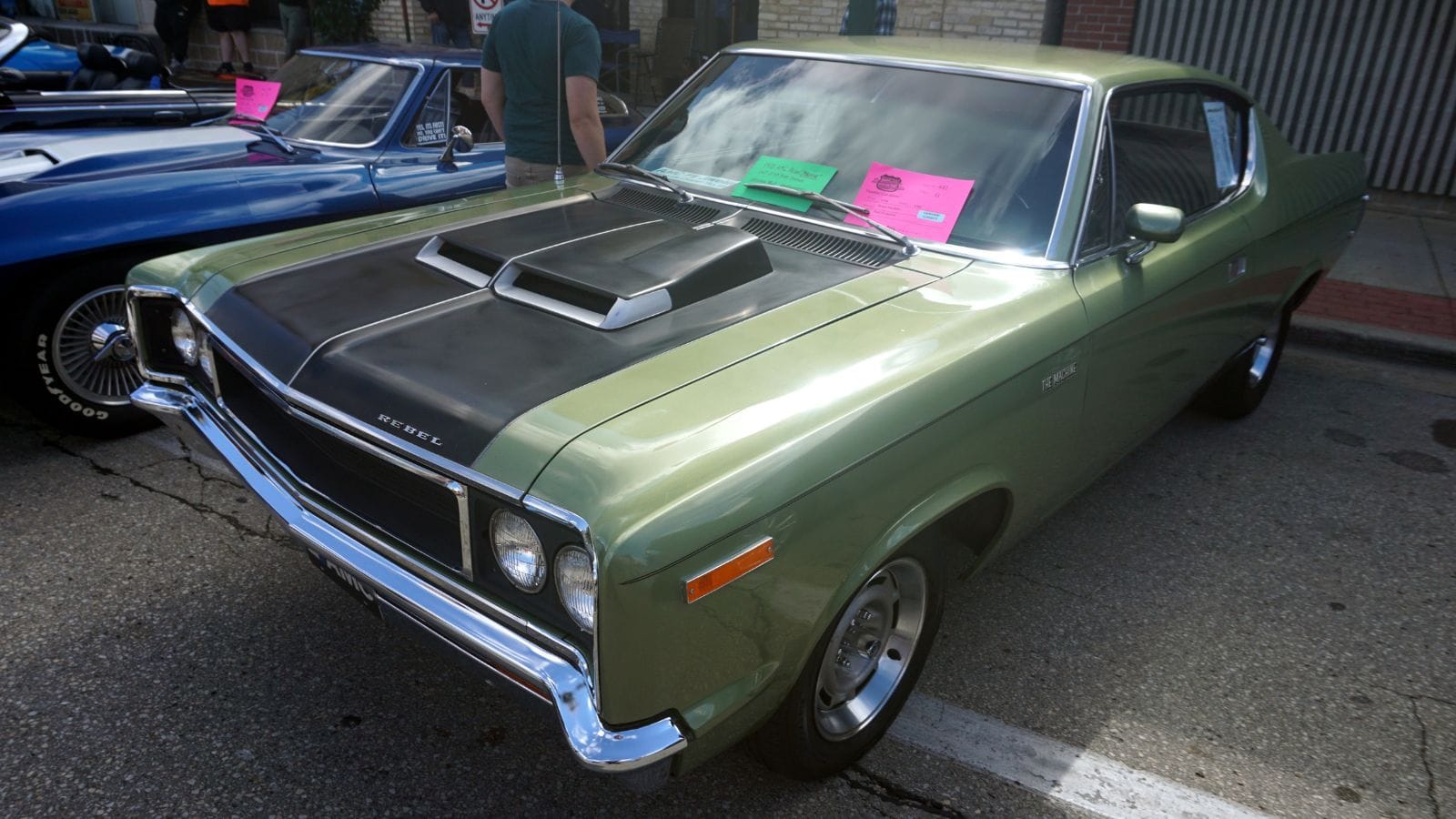
The AMC Rebel Machine was a loud, unapologetic statement from one of Detroit’s smallest automakers. AMC had already proven it could build quirky cars, but the Rebel Machine took things to another level. Dressed in wild red, white, and blue paint, it came standard with a 390 cubic inch V8 producing 340 horsepower and 430 pound feet of torque. A four speed manual transmission and 3.54 rear gears made it a genuine street brawler.
Fewer than 2,000 were built, which means it was rarer than most high performance Mopars or Chevys of the time. Despite its bold looks and strong performance, the Machine was often dismissed because of AMC’s underdog status. Yet today, collectors are beginning to recognize it as one of the best balanced muscle cars of its era — fast, unique, and unmistakably American.
Mercury Cyclone Spoiler II (1969)
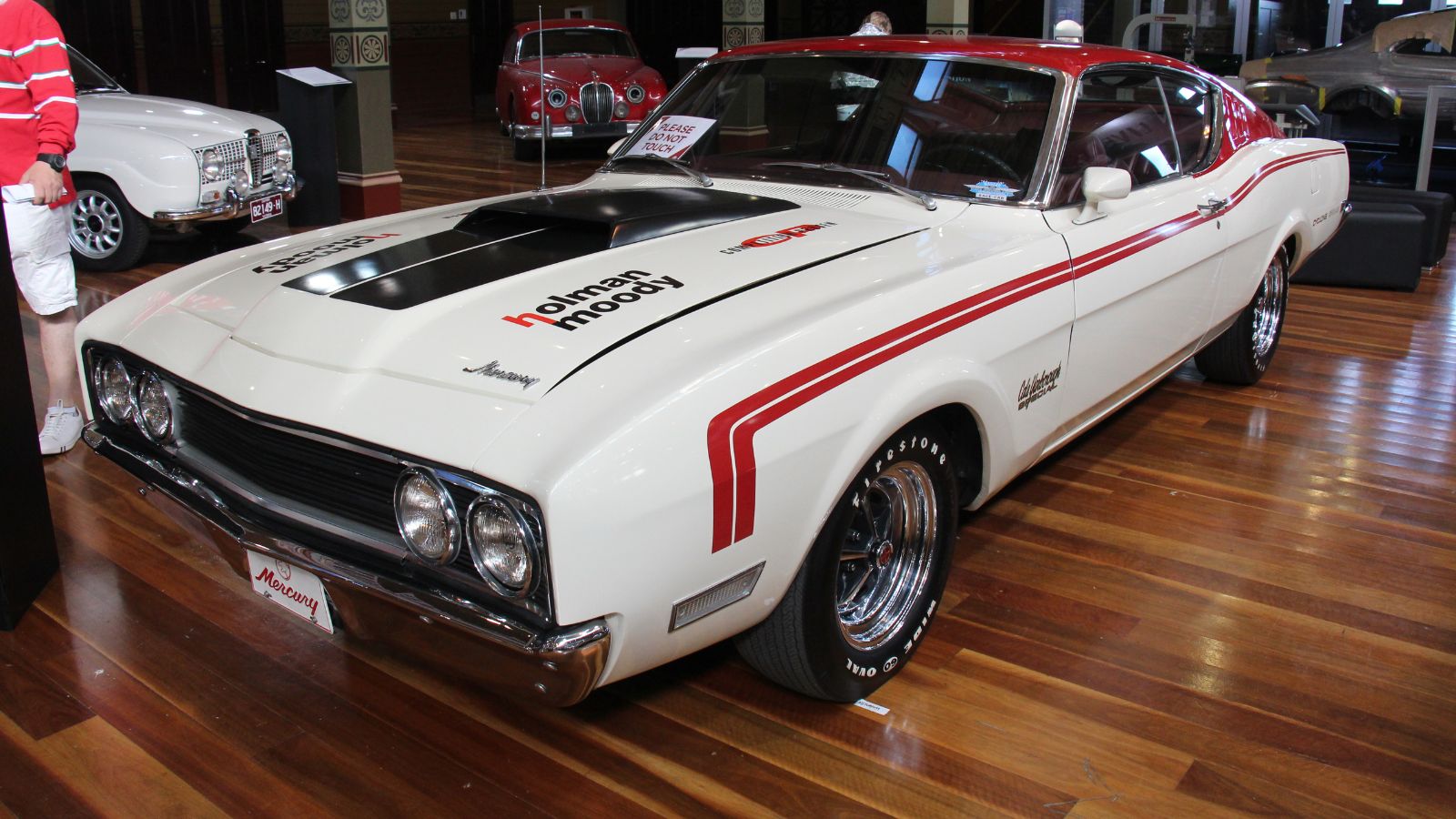
When NASCAR tightened its rules in 1969, Mercury responded with the Cyclone Spoiler II, a car that looked ready for takeoff. It featured a hand formed, elongated nose, a reshaped front bumper, and smoothed out aerodynamics designed to cut through the air at 190 miles per hour. Only around 500 production cars were made to meet the homologation requirement.
Under the hood, most carried the legendary 428 Cobra Jet engine, one of Ford’s most powerful mills. On the street, it was both muscular and surprisingly refined. But its limited production, high cost, and awkward timing during the end of the aero wars kept it in the shadows. Today, it is one of the rarest and most historically significant muscle cars still flying under the radar.
Plymouth GTX (1971)
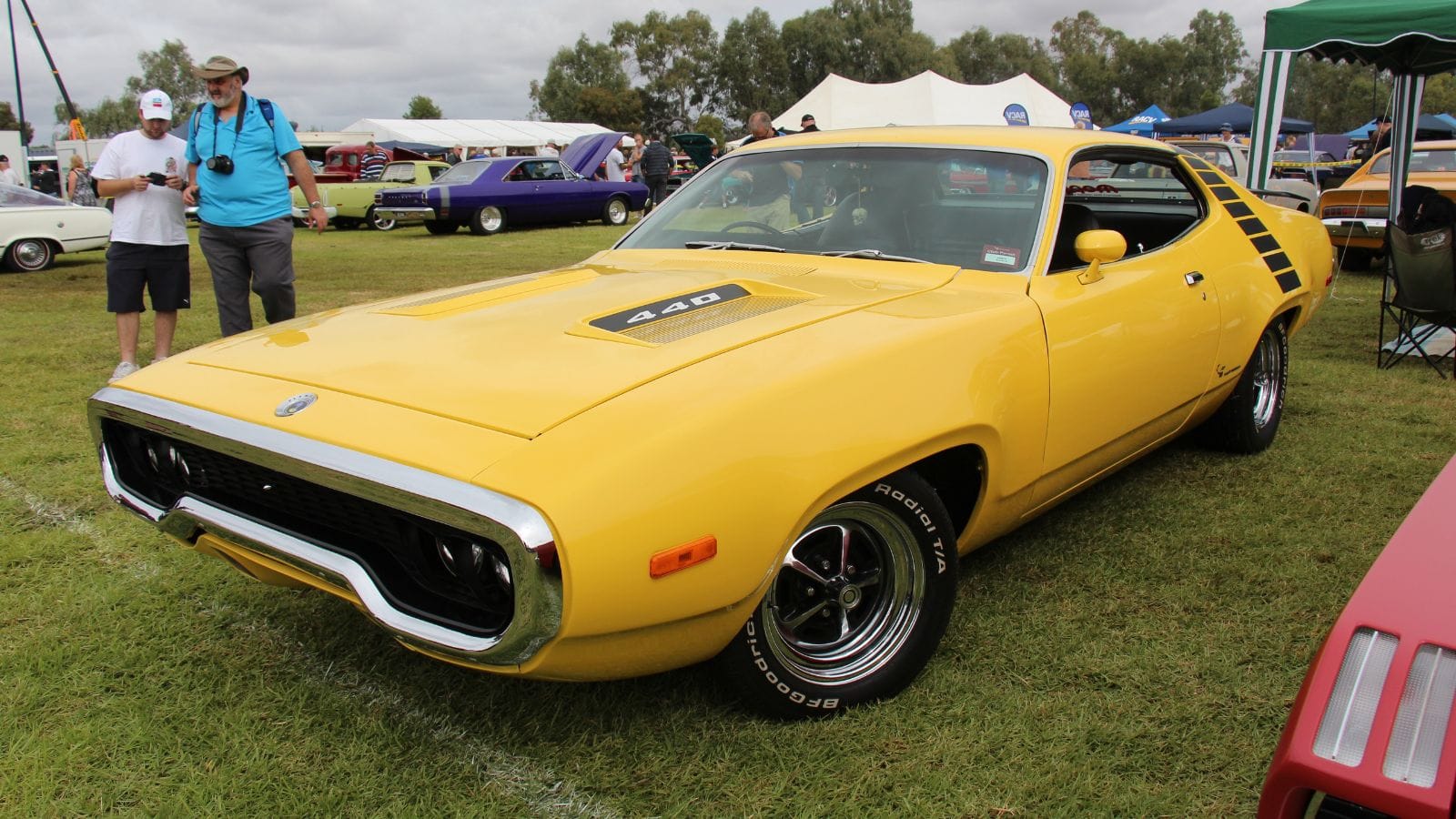
By 1971, the muscle car era was showing signs of decline, but Plymouth’s GTX went out swinging. The final GTX came with the 440 Super Commando V8 as standard equipment, producing 370 horsepower, and buyers could still order the legendary 440 Six Barrel setup for even more grunt. The new body design, shared with the Road Runner, gave it a bold, aggressive look.
However, sales were dismal fewer than 3,000 were made. Rising insurance rates, emissions restrictions, and changing buyer tastes doomed it. Yet for collectors, the 1971 GTX represents one of the last true expressions of unfiltered Mopar muscle. Its rarity, styling, and raw power make it a hidden treasure among Plymouth enthusiasts.
Buick GS 455 Stage 1 (1970)

Buick’s GS 455 Stage 1 is a lesson in subtlety. It was elegant, quiet, and devastatingly fast. The massive 455 cubic inch engine made a conservative 360 horsepower on paper, but most experts agree it produced closer to 400. With 510 pound feet of torque, it could sprint from zero to sixty in around six seconds quicker than many Chevelles and GTOs of the same year.
Because Buick’s image was more about refinement than rebellion, collectors often overlooked the GS 455 in favor of flashier muscle cars. That has kept prices lower than comparable performance models, but that is beginning to change. The Stage 1 is now being recognized for what it is: one of the best engineered and most capable muscle cars ever built.
Dodge Coronet R/T (1967 to 1970)
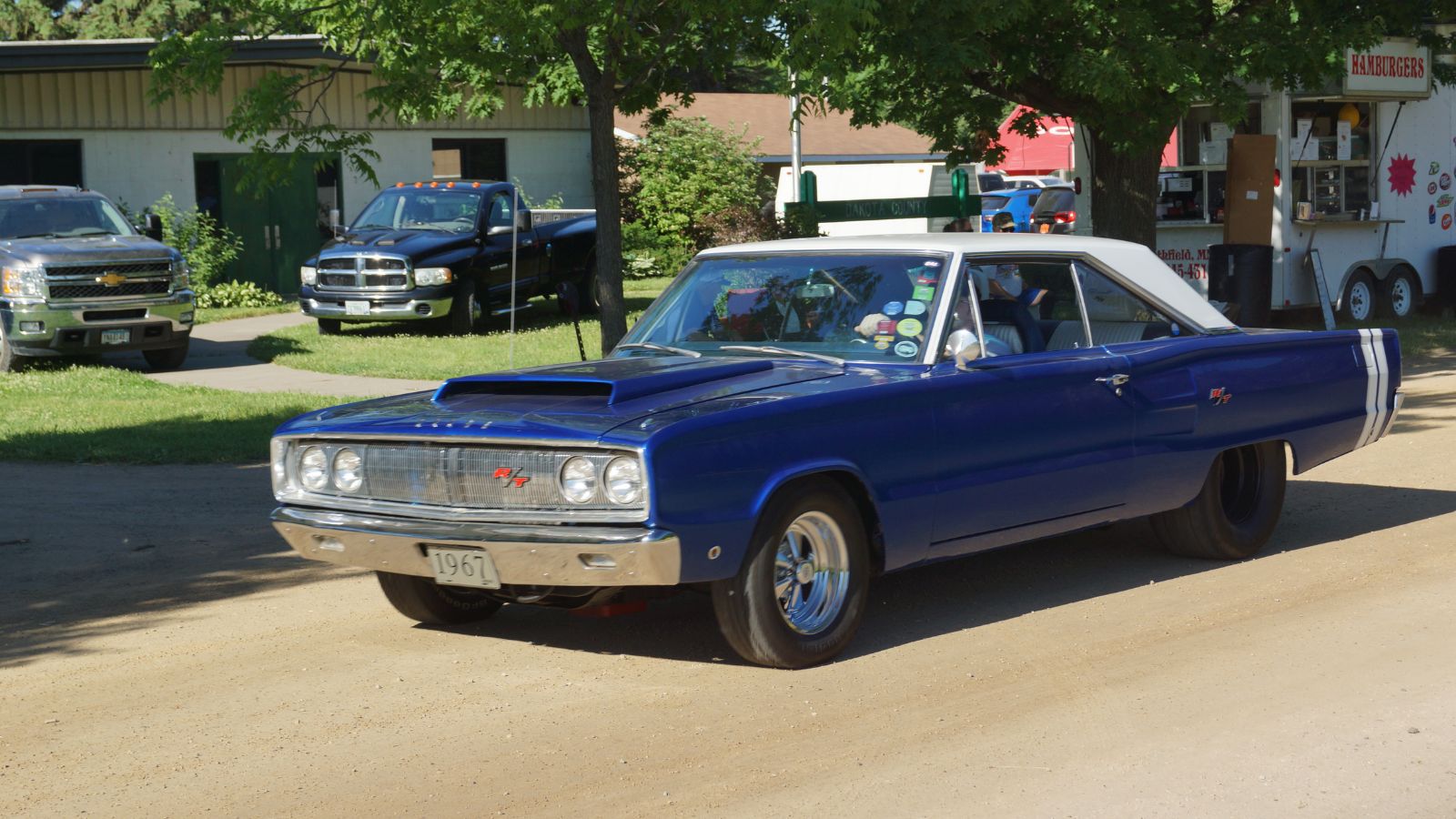
The Dodge Coronet R/T was a classic example of understated performance. While its siblings, the Charger and the Super Bee, got all the attention, the Coronet quietly offered the same lineup of powerhouse engines, including the 440 Magnum and the 426 Hemi. Buyers could choose from hardtop or convertible versions, both capable of serious quarter mile times.
Production numbers were never high, especially for Hemi equipped models. The Coronet R/T combined clean styling with muscle car aggression, making it one of the most well balanced designs of the late 1960s. Today, it remains a sleeper favorite for Mopar collectors who appreciate performance without the flash. It is a car that lets its torque do the talking.
Oldsmobile 442 W30 (1972)

The Oldsmobile 442 started strong in the 1960s, but by the early 1970s it was fighting to stay relevant. The W30 option package kept it in the game. It included a 455 cubic inch V8 with a functional air induction system, aluminum intake, and performance tuned exhaust. Even as horsepower ratings dropped due to changing measurement standards, the W30’s real world performance was still serious business.
Only a few thousand W30 cars were made for 1972, making it one of the rarest in the 442 lineup. Many buyers moved to other GM brands, leaving Oldsmobile’s muscle legacy under-appreciated. That scarcity and performance pedigree are now catching the attention of savvy collectors, especially those looking for value beyond the usual names.
Ford Torino GT (1968 to 1969)
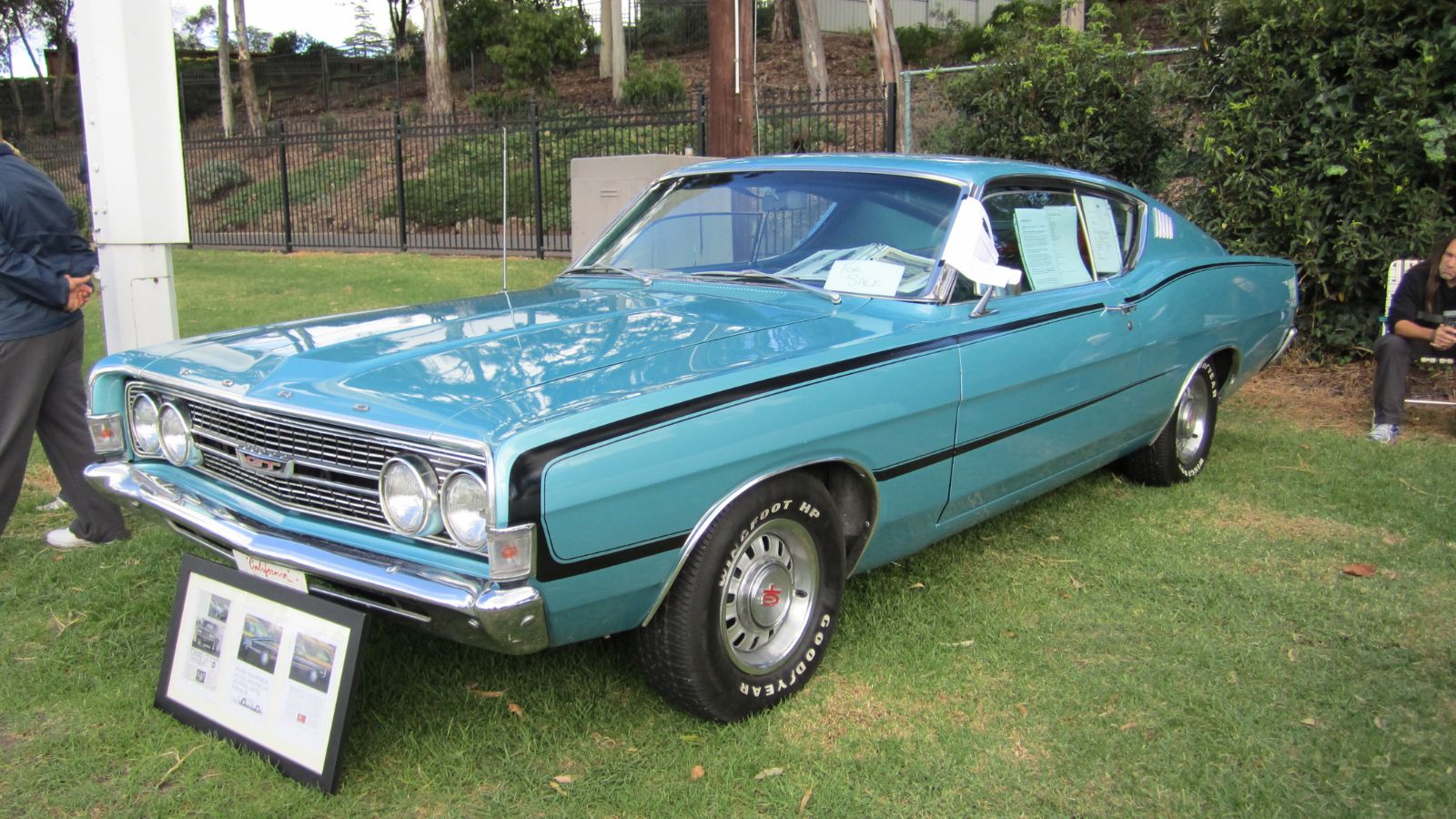
The Ford Torino GT was a well rounded muscle car designed to combine power with comfort. It came with multiple engine options, including the 428 Cobra Jet, which made it one of the most potent Fords of the period. Its fastback design not only looked fantastic but helped with high speed stability.
Unfortunately, it lived in the shadow of the Mustang and the later Torino Cobra. Many were used hard and lost to time, leaving few surviving examples today. The Torino GT offered everything muscle fans loved looks, speed, and rarity but it never received the collector attention it deserved. That is slowly changing as enthusiasts realize how refined and capable these cars truly were.
Chevrolet Nova SS 396 (1968 to 1970)

The Chevrolet Nova SS 396 is one of the best examples of big power in a small package. Chevy took its compact Nova and dropped in a big block 396 engine that could produce up to 375 horsepower in L78 form. The result was a lightweight car that could outgun many larger muscle cars in a straight line.
It was affordable, fast, and surprisingly easy to modify. Yet because it lacked the glamorous image of the Camaro or Chevelle, collectors often passed it by. Today, the Nova SS 396 represents an incredible mix of performance and simplicity. It is a true sleeper car from the height of the muscle era, offering huge thrills without a six figure price tag.
The Overlooked Legends
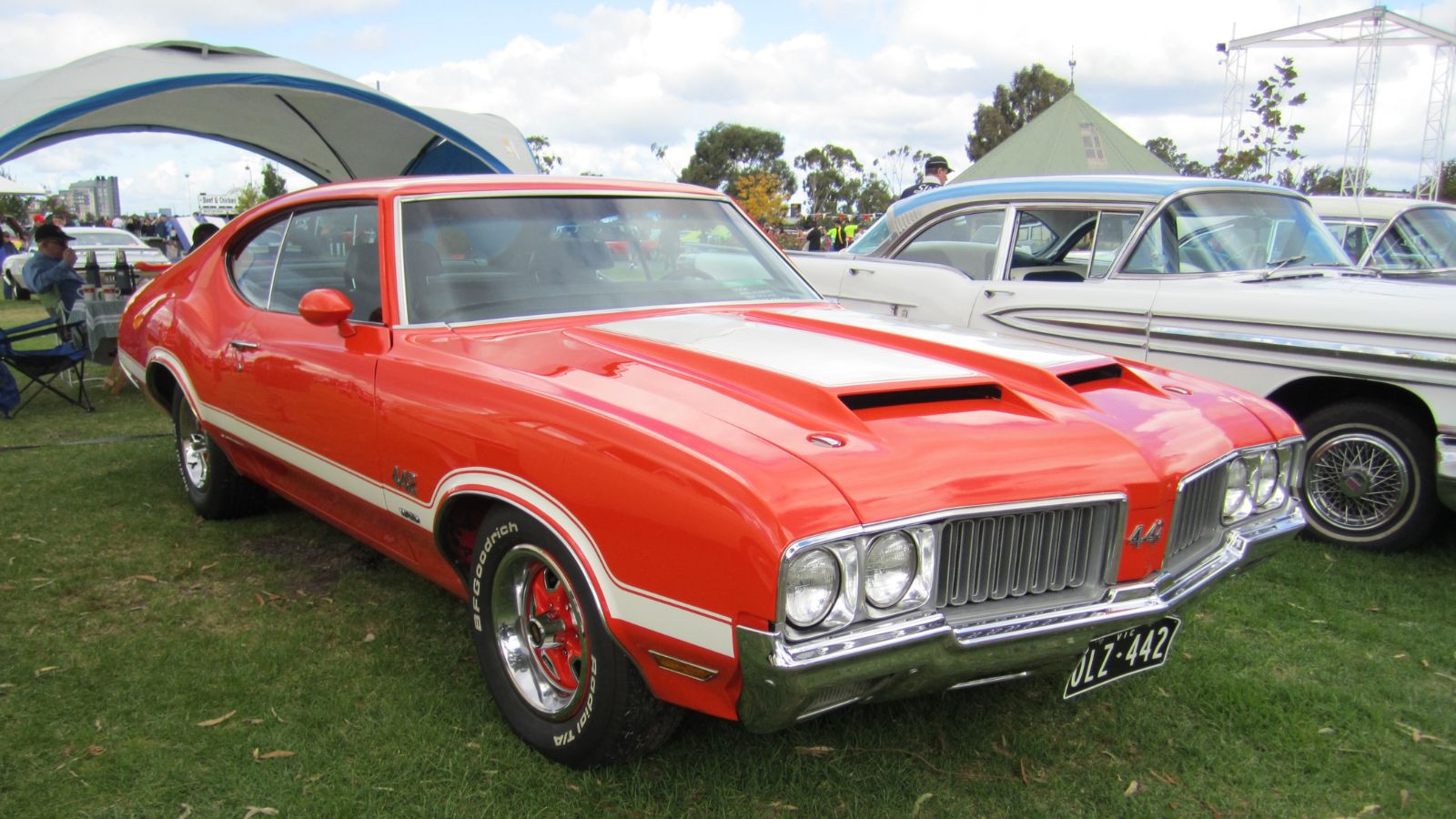
These eight muscle cars prove that history’s spotlight doesn’t always shine on the most deserving models. Each of them offered genuine American performance, distinctive styling, and serious horsepower, yet they were overshadowed by bigger marketing budgets and louder names. For collectors who prefer authenticity over hype, these overlooked machines might just be the smartest buys of the classic car world. The market has started to notice but for now, they remain among the best kept secrets in American muscle.
